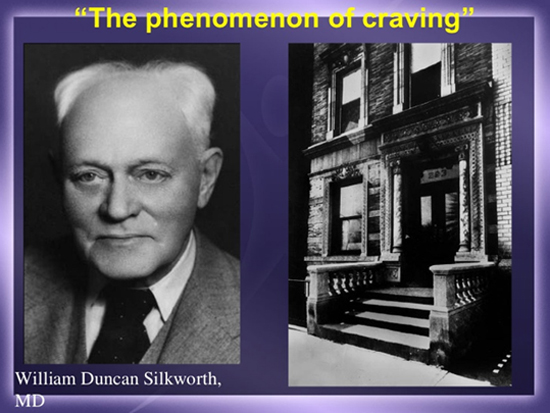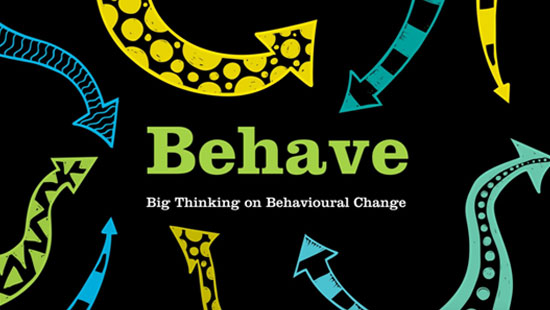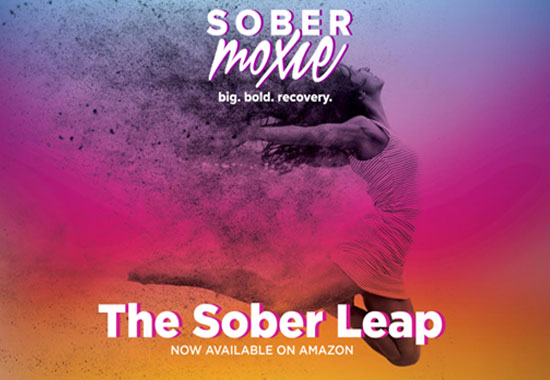Sober Living

We AAs have never called alcoholism a disease because, technically speaking, it is not a disease entity. For example, there is no such thing as heart disease. Instead there are many separate heart ailments or combinations of them. It is something like that with alcoholism. Therefore, we did not wish to get in wrong with the medical profession by pronouncing alcoholism a disease entity. Hence, we have always called it an illness or a malady—a far safer term for us to use.
Research limitations
AA tends to polarize observers into believers and non-believers, and discussion of AA often creates controversy rather than objective reflection. Moreover, a randomized study of AA is difficult: AA members are not randomly selected from the population of chronic alcoholics; they are instead self-selected or mandated by courts to attend AA meetings. There are two opposing types of self-selection bias:
(1) drinkers may be motivated to stop drinking before they participate in AA
(2) AA may attract the more severe and difficult cases.


Studies
Studies of AA's efficacy have produced inconsistent results. While some studies have suggested an association between AA attendance and increased abstinence or other positive outcomes, other studies have not. Even meta-analyses and literature reviews have resulted in widely divergent conclusions. The 2006 Cochrane Review of eight studies (the studies reviewed were done between 1967 and 2005) measuring the effectiveness of AA found no significant difference between the results of AA and twelve-step participation compared to other treatments, stating that "experimental studies have on the whole failed to demonstrate their effectiveness in reducing alcohol dependence or drinking problems when compared to other interventions."
A 2014 study by Keith Humphreys, Janet Blodgett and Todd Wagner concluded that "increasing AA attendance leads to short and long term decreases in alcohol consumption that cannot be attributed to self-selection." Austin Frakt, writing for The New York Times, discusses how the study's methodology minimizes outside factors, such as how motivated the people who succeed at becoming abstinent are.
A meta-analysis by Dr. Lee Ann Kaskutas in 2009 reported that while the evidence base for twelve step groups from experimental studies was weak, "other categories of evidence... are overwhelmingly convincing".[68] Specifically, the correlation between exposure to AA and outcome, the dose-response relationship, and the consistency of the association were found to be very strong. In other words, the frequency by which individuals attend meetings appears to have a statistically significant correlation with maintaining abstinence. Kaskutas noted two studies which both found that 70% of those who attended twelve-step groups at least weekly were abstaining from alcohol consumption at follow ups two and sixteen years later. Those who attended less than once per week showed about the same success rate as those who didn’t attend meetings. Kaskutas also found AA to function consistently with known behavioral change theories and substantial empirical support for specific mechanisms through which AA facilitates change


A preliminary study suggested that "AA prayers" help long-term AA members reduce cravings for alcohol. The study used a MRI machine to scan how subjects reacted to images of people drinking. The study randomly assigned the subjects, so that some subjects saw the images after saying prayers in the Big Book of Alcoholics Anonymous; others after reading newspaper articles. The people who had just seen the prayers reported feeling fewer cravings for alcohol; the MRI scans of their brains confirmed that there was a different reaction.
The Sober Truth
Dr. Lance Dodes, in his 2014 book The Sober Truth, argues that most people who have experienced AA have not achieved long-term sobriety, making the controversial argument that research indicates that only 5 to 8 percent of the people who go to one or more AA meetings achieve sobriety for longer than one year.
Gabrielle Glaser used Dodes' figures to argue that AA has a low success rate in a 2015 article for The Atlantic.
The 5 to 8 percent figure put forward by Dodes is controversial; Thomas Beresford, MD, writing for the National Council on Alcoholism and Drug Dependence, says that the book uses "three separate, questionable, calculations that arrive at the 5-8% figure." This is not the only criticism the book has received.

Cornell University clinical psychiatry professor Richard A. Friedman, in his review for the New York Times, called The Sober Truth a "polemical and deeply flawed book", noting that it was designed to promote psychodynamic therapy for addiction, which itself lacks a strong evidence base. John F. Kelly, an associate professor at Harvard, as well as Gene Beresin, a professor at Harvard, feel that the book's conclusion that" approaches are almost completely ineffective and even harmful in treating substance use disorders" is wrong, noting that "studies published in prestigious peer-reviewed scientific journals have found that 12-step treatments that facilitate engagement with AA post-discharge [...] produce about one third higher continuous abstinence rates"